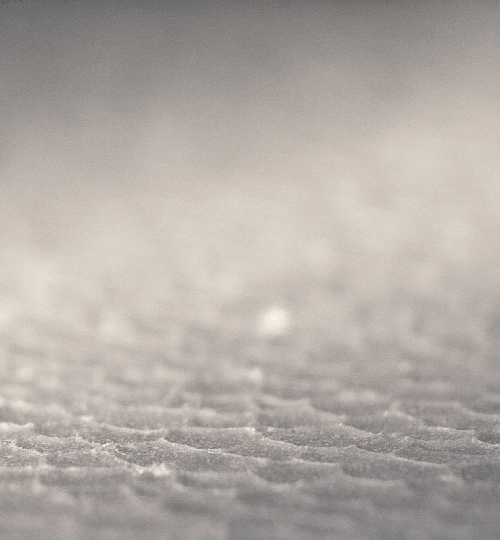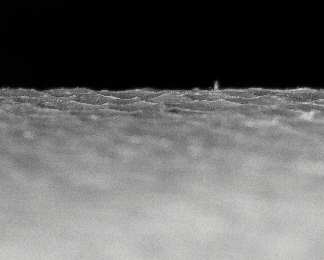Here's my experience using the Oly Pen-2 with legacy stuff (Nokton 50mm f/1.5, Heliar 50mm f/3.5, APO-Lanthar 90mm) as well as the new M43 Nokton 25mm f/0.95:
I never use the screen to focus. Not that you couldn't, it's just that I have
the viewfinder and find it more comfortable to use.
I only use the zoom square when I'm close focusing (on the eyes for a portrait) in low light with a fast lens (Noktons...), and really only if I feel the subject is patient enough

I agree with Rich that Oly's solution is kludgy. In manual focus mode, they should allow for a custom button to zoom when pressed and un-zoom when depressed.
Instead, you have to press the info button then the center wheel, then 3 times the info button if you want to get back to the histogram...
I always shoot with the histogram so I can be sure to max out the color depth on the sensor, so for me it's a bit of an issue...
However, once you've done it a few dozens of times, you can become more efficient.
Now here's a little secret (known to a few by now I would hope

if you have a viewfinder, you don't need to zoom to focus accurately!
When your subject is in focus, aliasing (looks like a wavy pattern that super-imposes on the image) appears.
It's easy to understand why: when in focus, high resolution information is being captured by a low-resolution 'sensor', i.e., the viewfinder.
Engineers could easily have taken care of this artifact using a low-pass filter, but I suspect they intentionally left it out, because it's actually useful!
Note that you'll notice the aliasing gets stronger as you reach the best focus.
Note also, that some subjects that contain no high-res pattern would not exhibit this aliasing effect. Blue sky, uniform smooth background with no texture, for instance. But these are exceptions.
Has anyone else used this little trick?
Thoughts?
I know the in-camera IS on the Pens is good for use with legacy lenses, but I am curious to know just how easy it is to use these lenses on Oly m4/3 cameras. Obviously, using magnified manual focus is something one might want to use almost every time one focuses with legacy glass.
How quick and easy is it to access magnified manual focus on the Oly cameras?
Is it quick and easy to do over and over and over again, as one would need to do with manually focusing a legacy lens on a variety of different shots?


